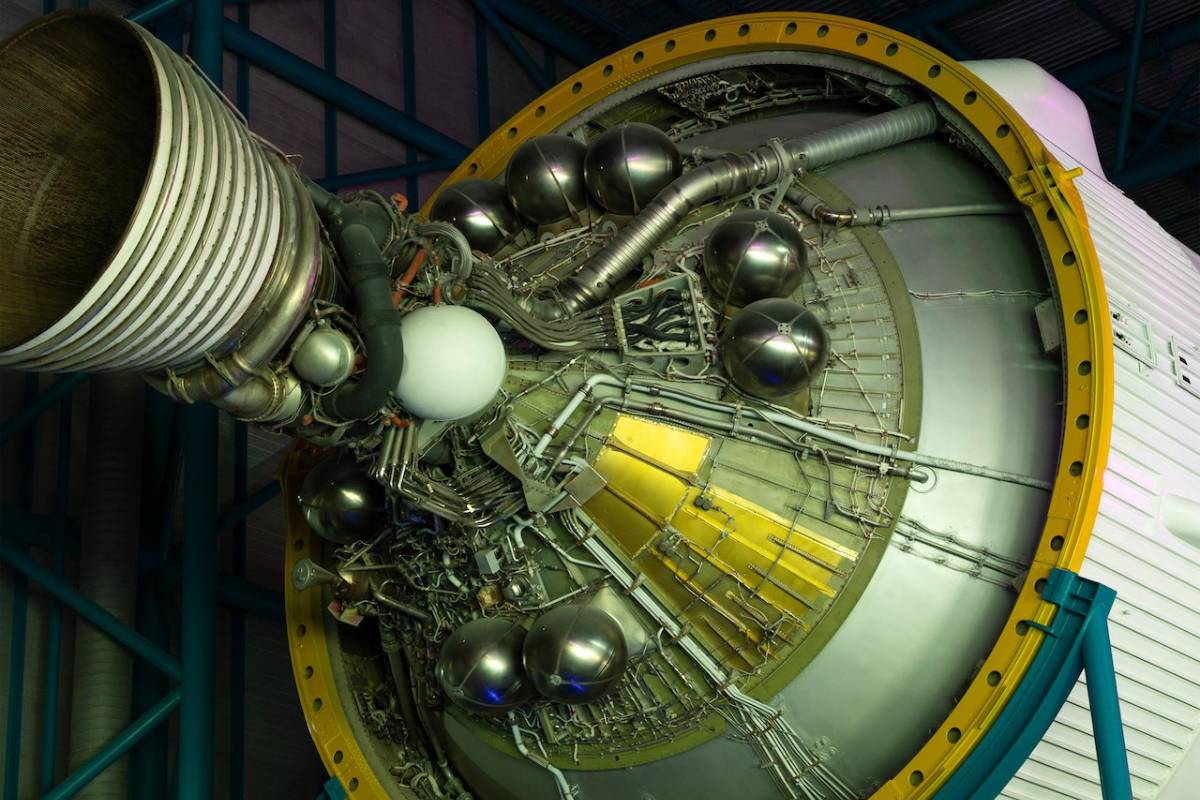Galactday: 53115.9
We see it in science fiction and even ION drives have become a reality in the 21st century, but what are the challenges of developing warp drive? So when will humans be flying through the galaxy at Faster Than Light (FTL) speed? Developing a working warp drive technology is a major scientific challenge that requires solving a number of theoretical and practical problems. Some of the key challenges are are described below.
Energy Requirements The energy requirements for a functional warp drive are immense, as it requires manipulating space-time and creating a bubble of distorted space-time around a spacecraft. Current technologies do not have the ability to generate the amount of energy required for this.
Exotic Matter In order to create a stable warp bubble, the drive would require a form of matter with negative energy density or negative mass, known as “exotic matter.” Exotic matter is purely theoretical at this point and has not yet been observed or created in a laboratory.
Navigation Another challenge is the navigation of a spacecraft traveling at such high speeds. A warp drive would require precise navigation to avoid collisions with objects in space, such as asteroids or other spacecraft.
Safety Concerns Warp drives could have a significant impact on the environment and the health of the occupants of the spacecraft. It is not clear what the long-term effects of traveling through space at such high speeds would be, and radiation exposure could be a significant concern.
Fundamental Physics Finally, there are still many fundamental questions about the nature of space-time that need to be addressed before a functional warp drive can be developed. For example, it is not clear if the laws of physics would allow for the manipulation of space-time in the way required for a warp drive to function.
In summary, developing a working warp drive is a complex and challenging problem that requires solving a number of technical and theoretical issues. While there has been progress in the field, there are still many fundamental questions that need to be answered before a functional warp drive can become a reality.




